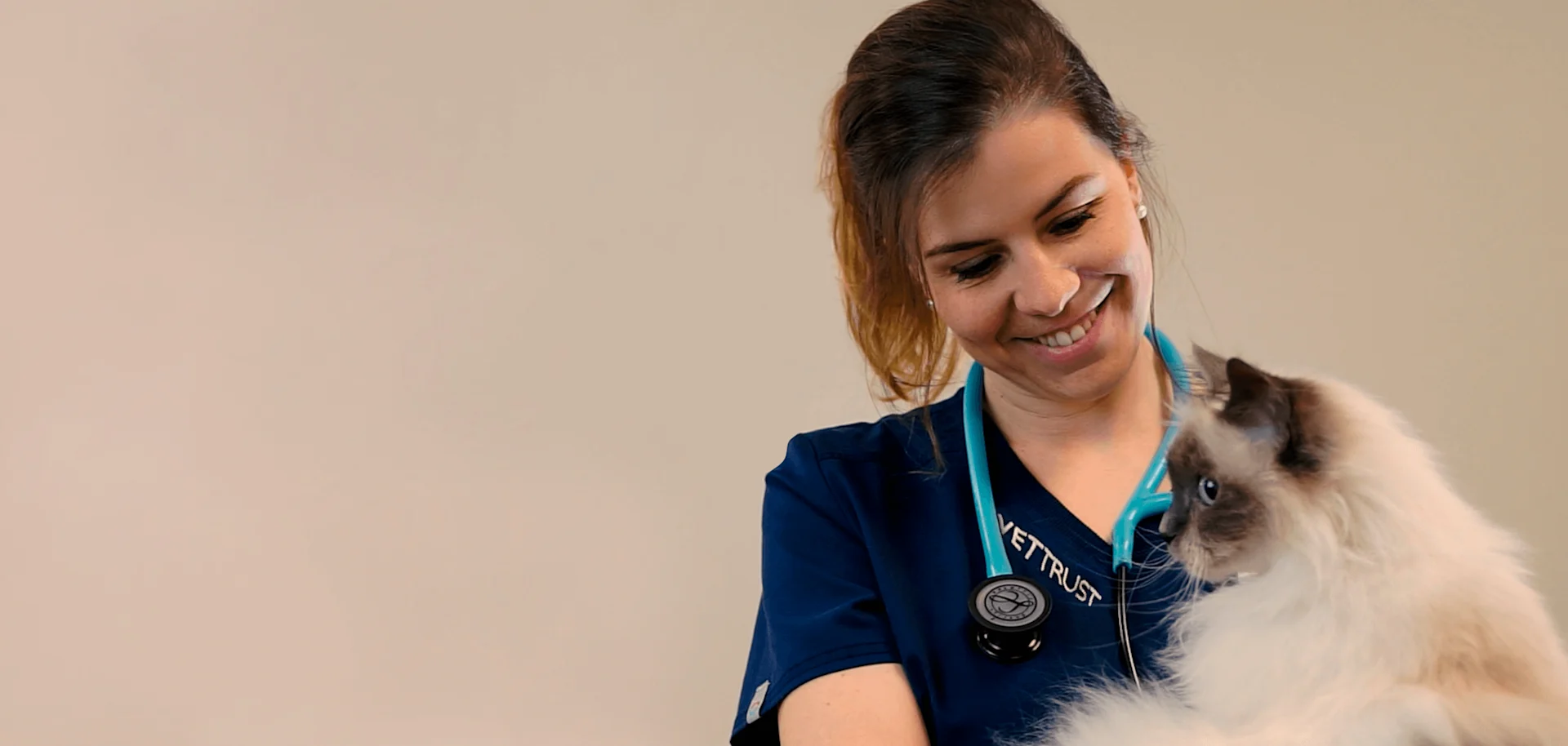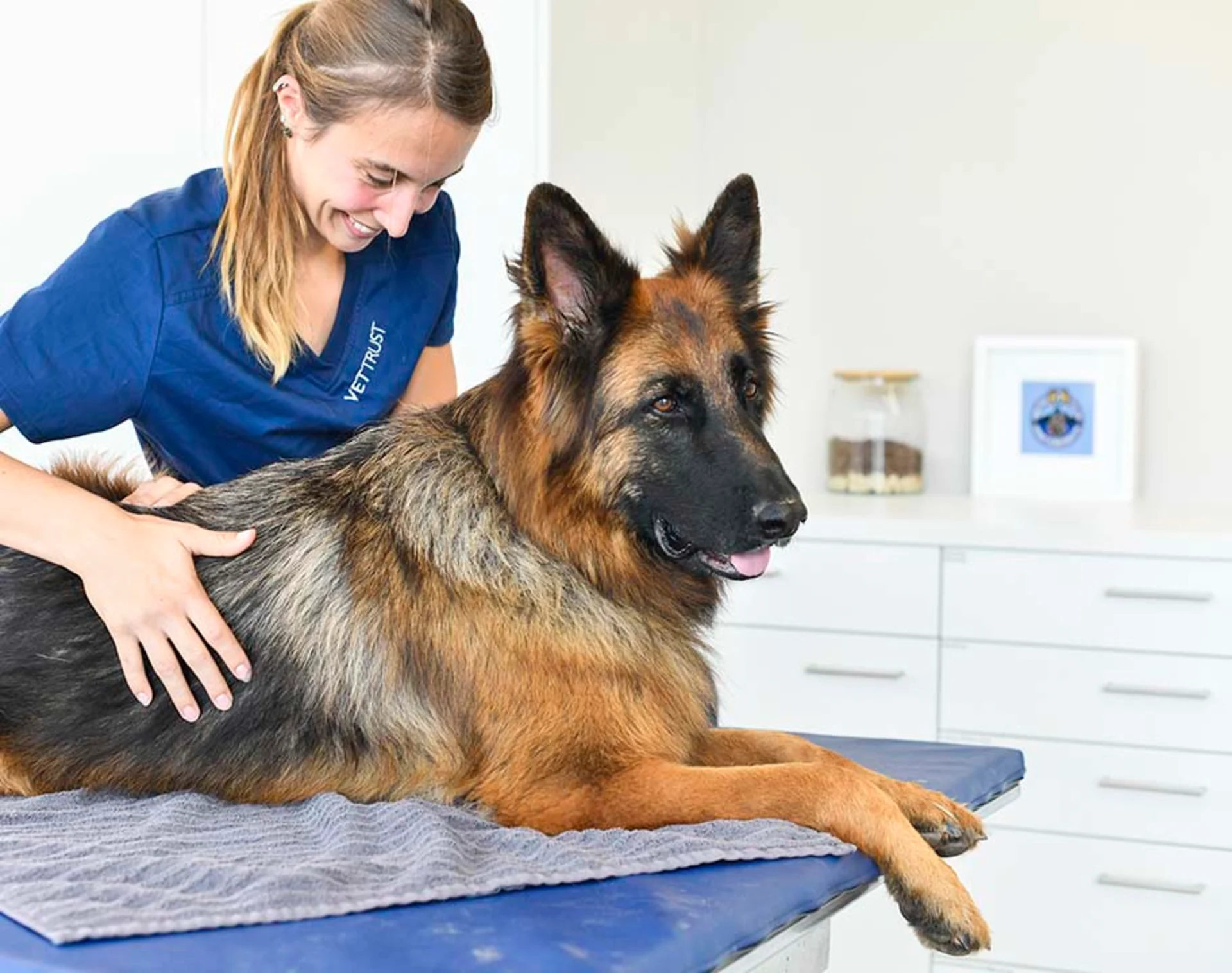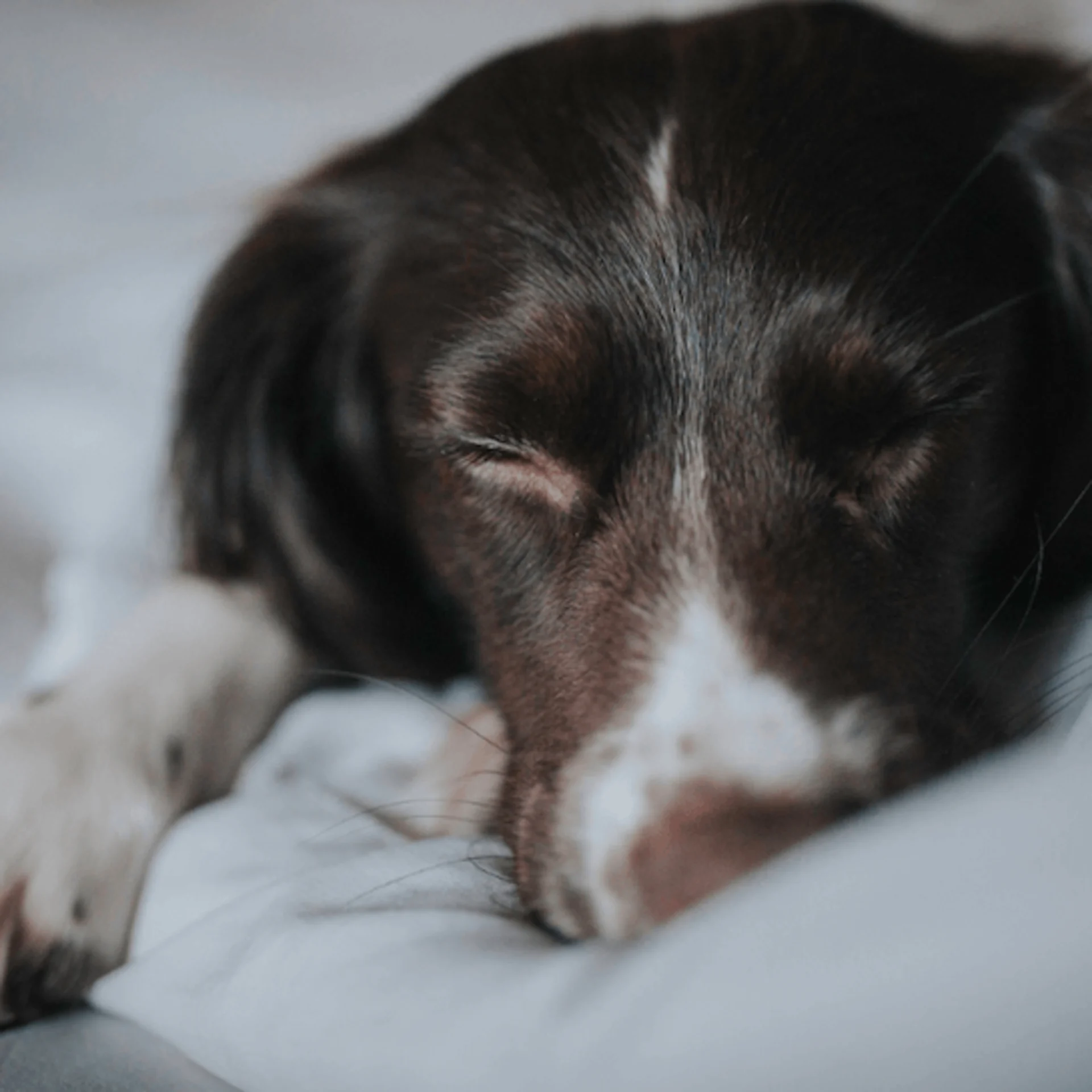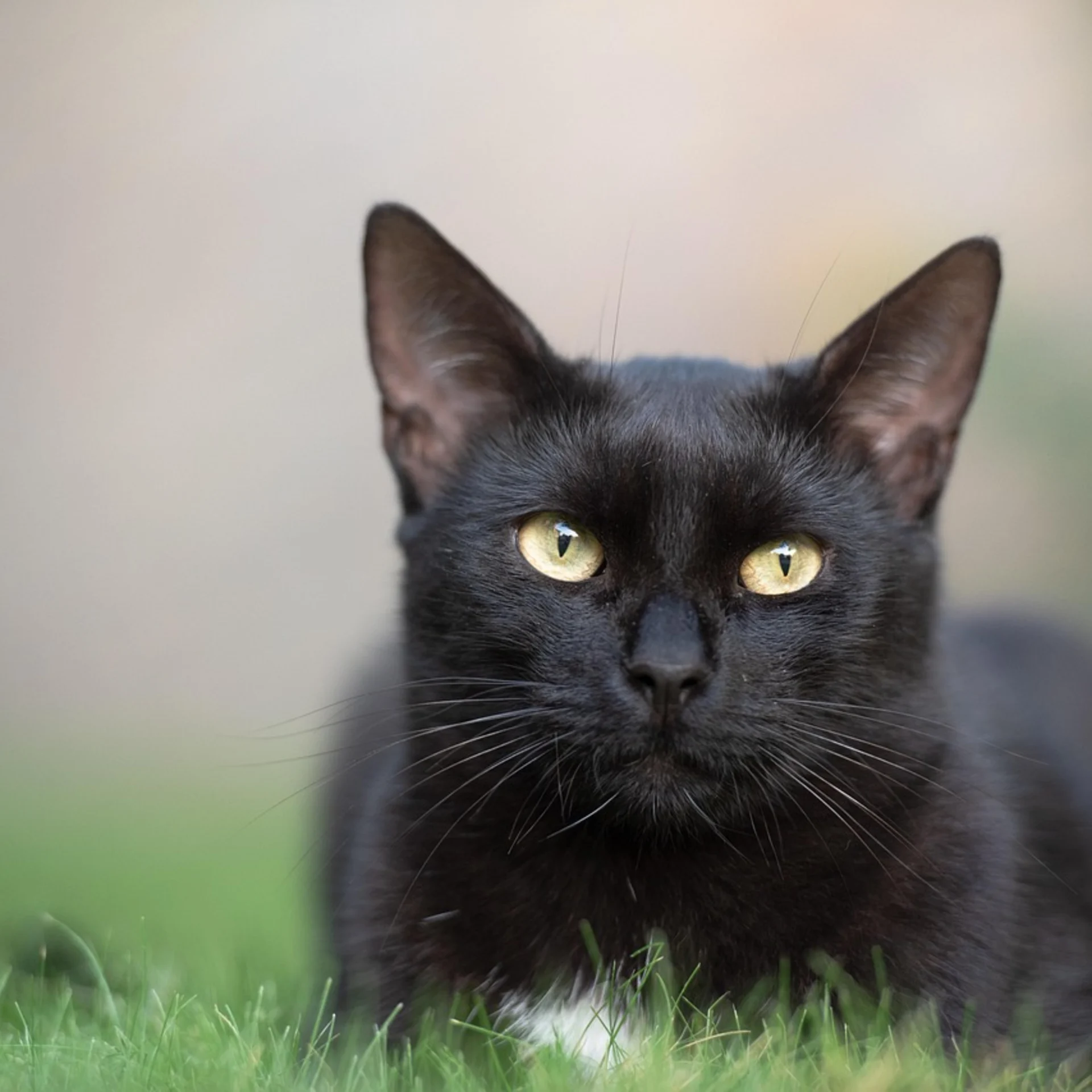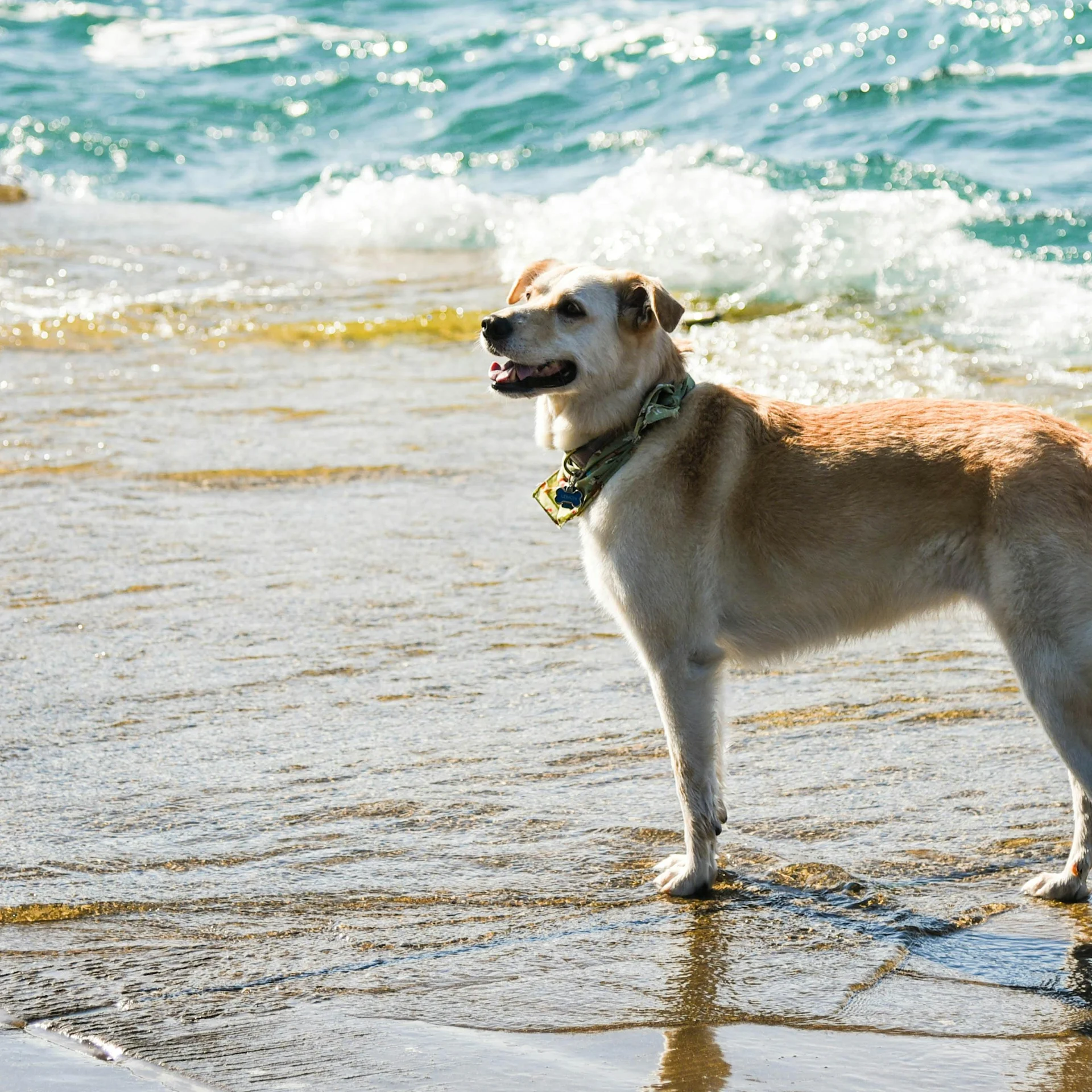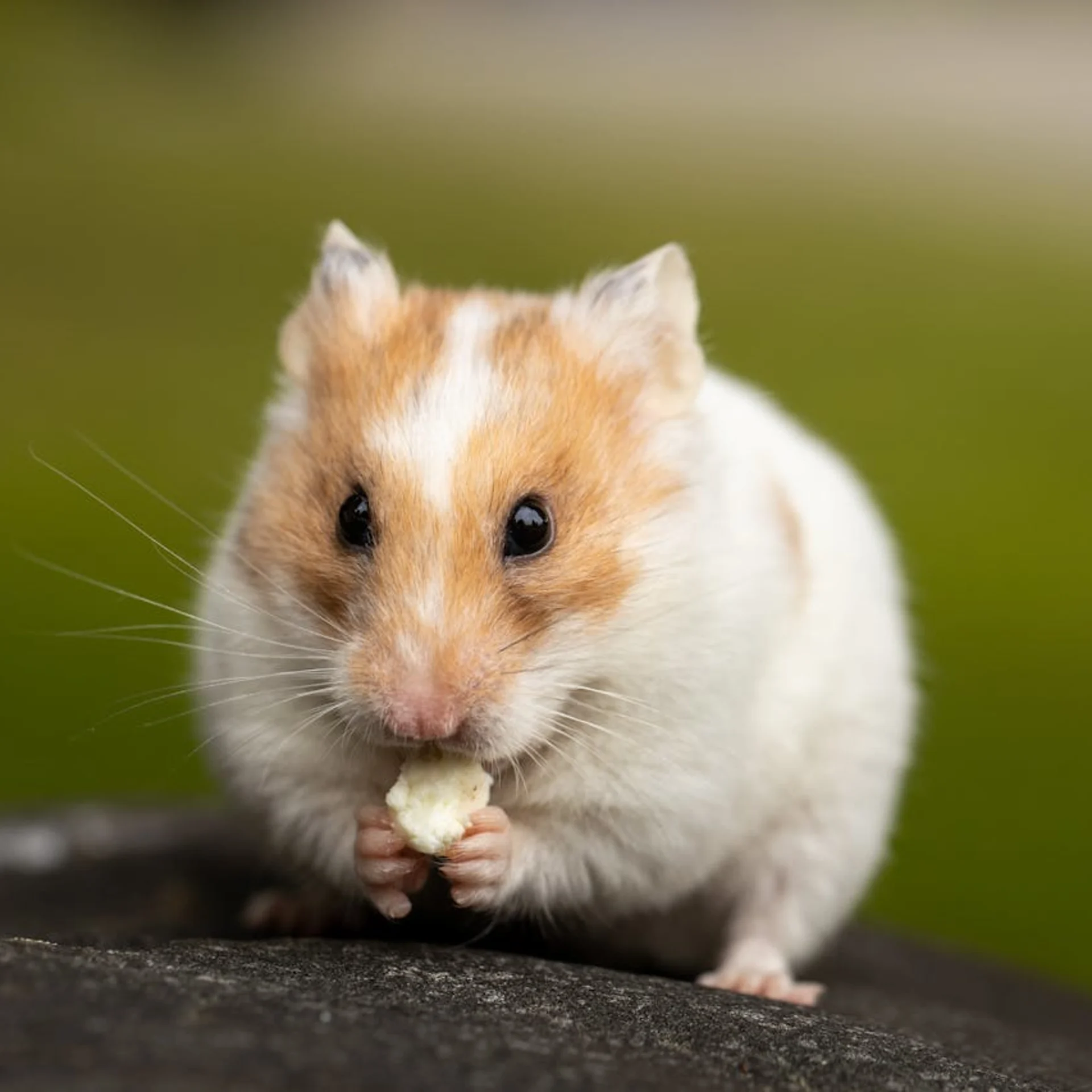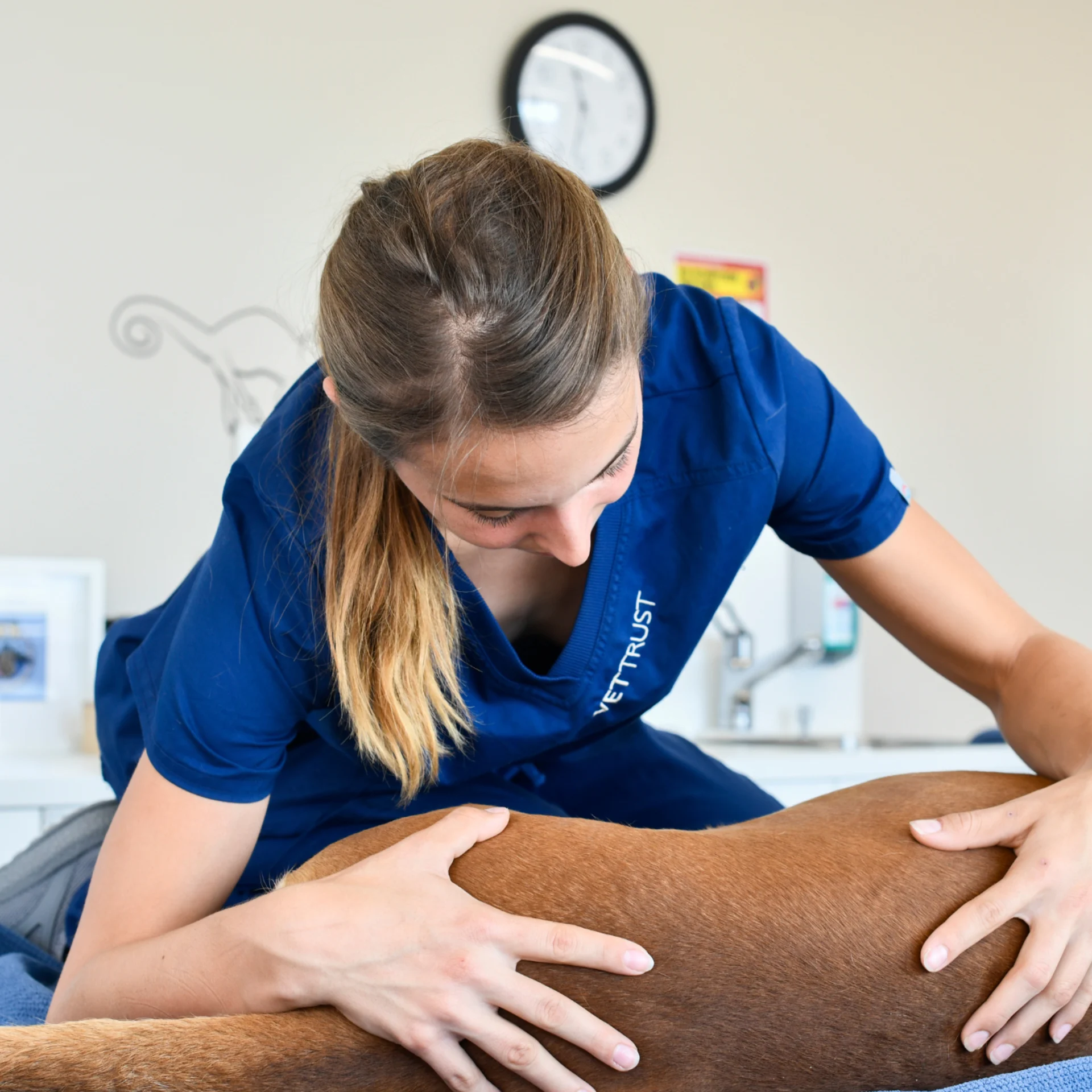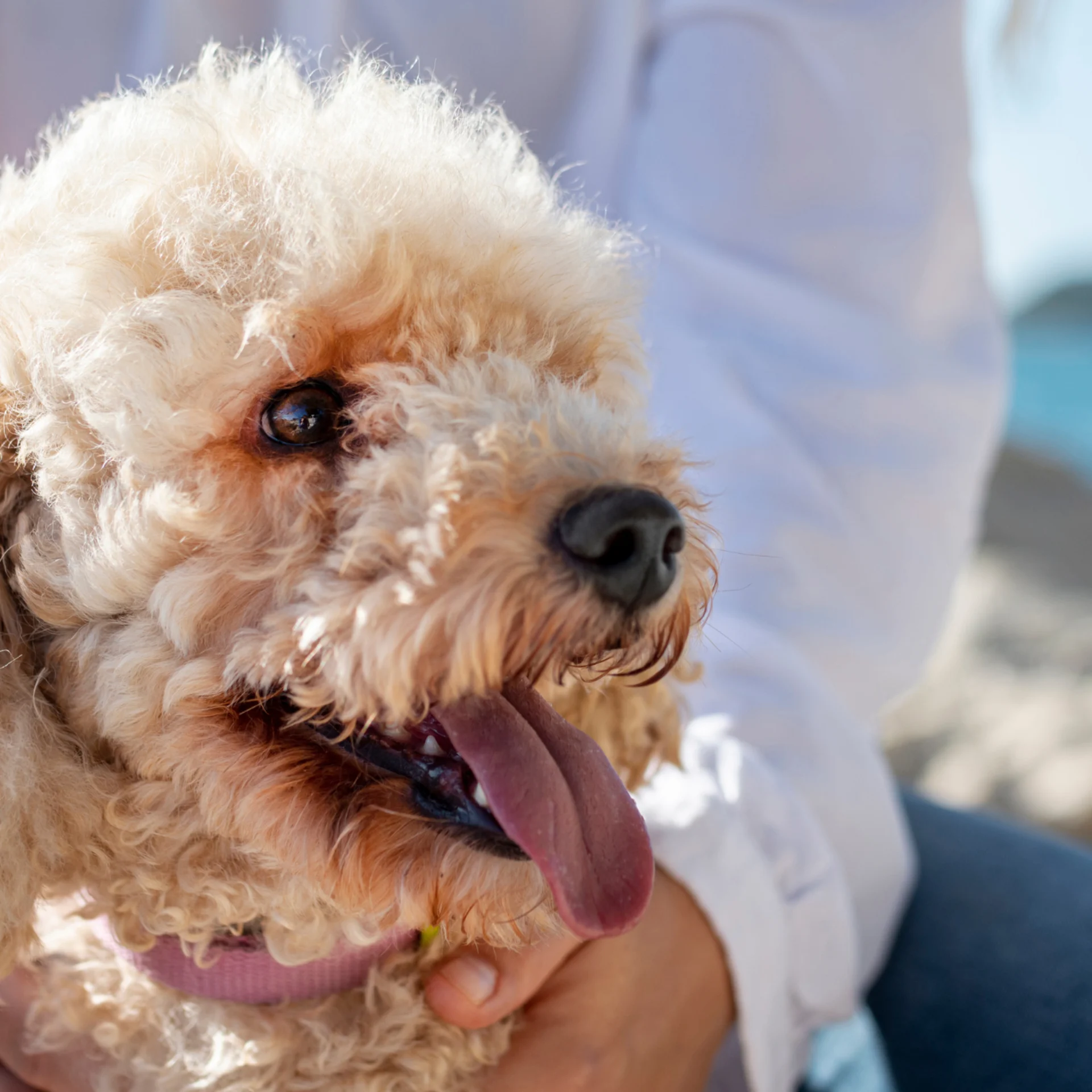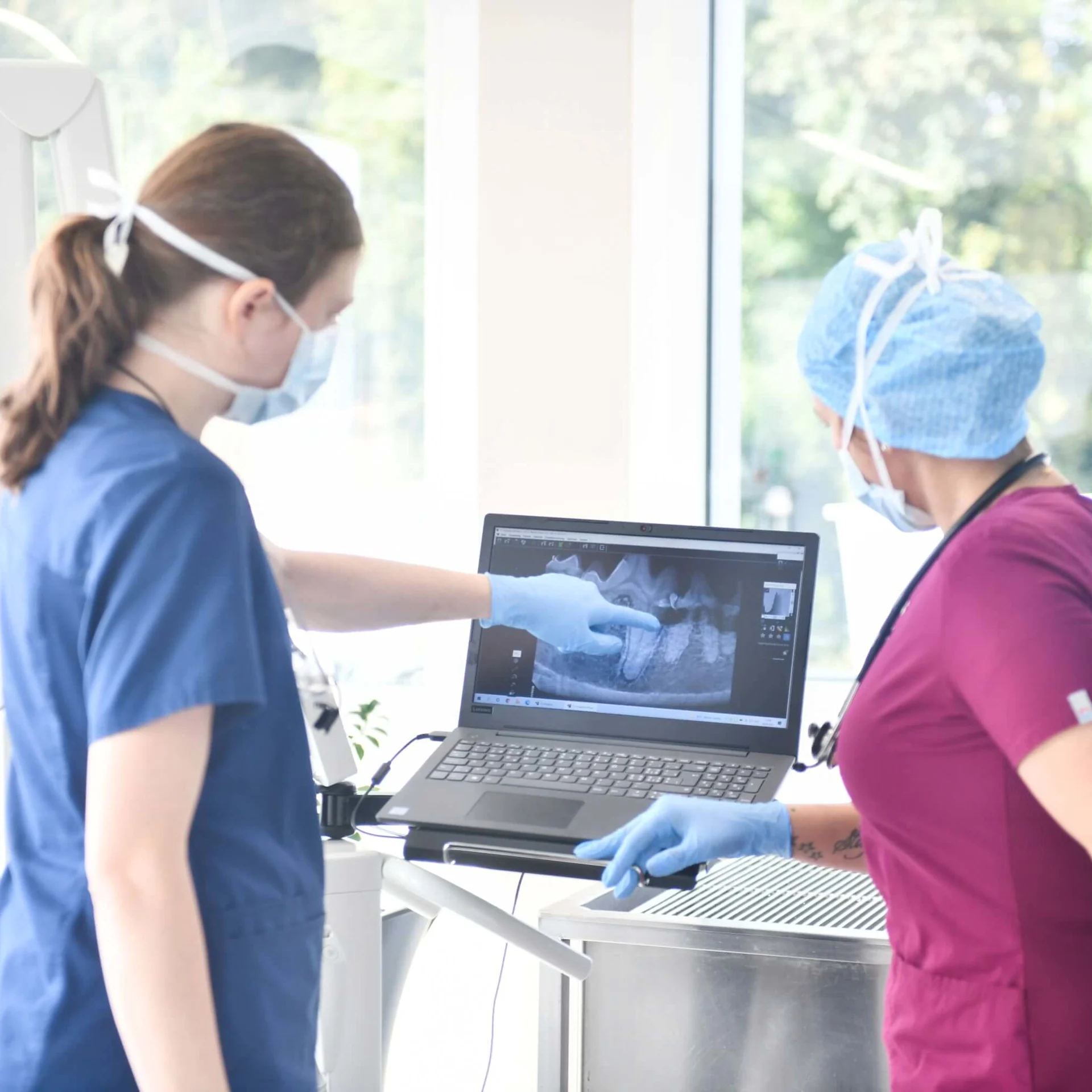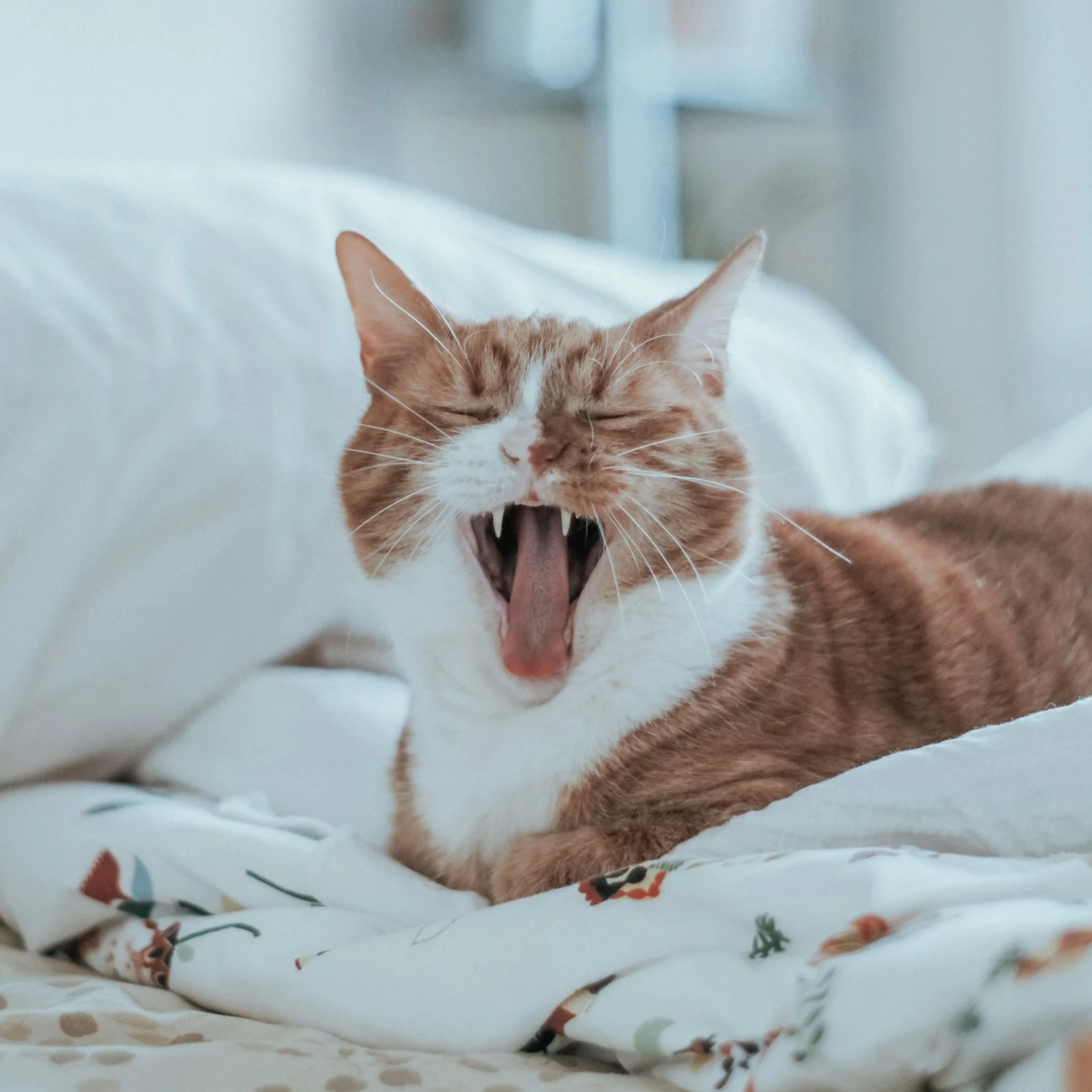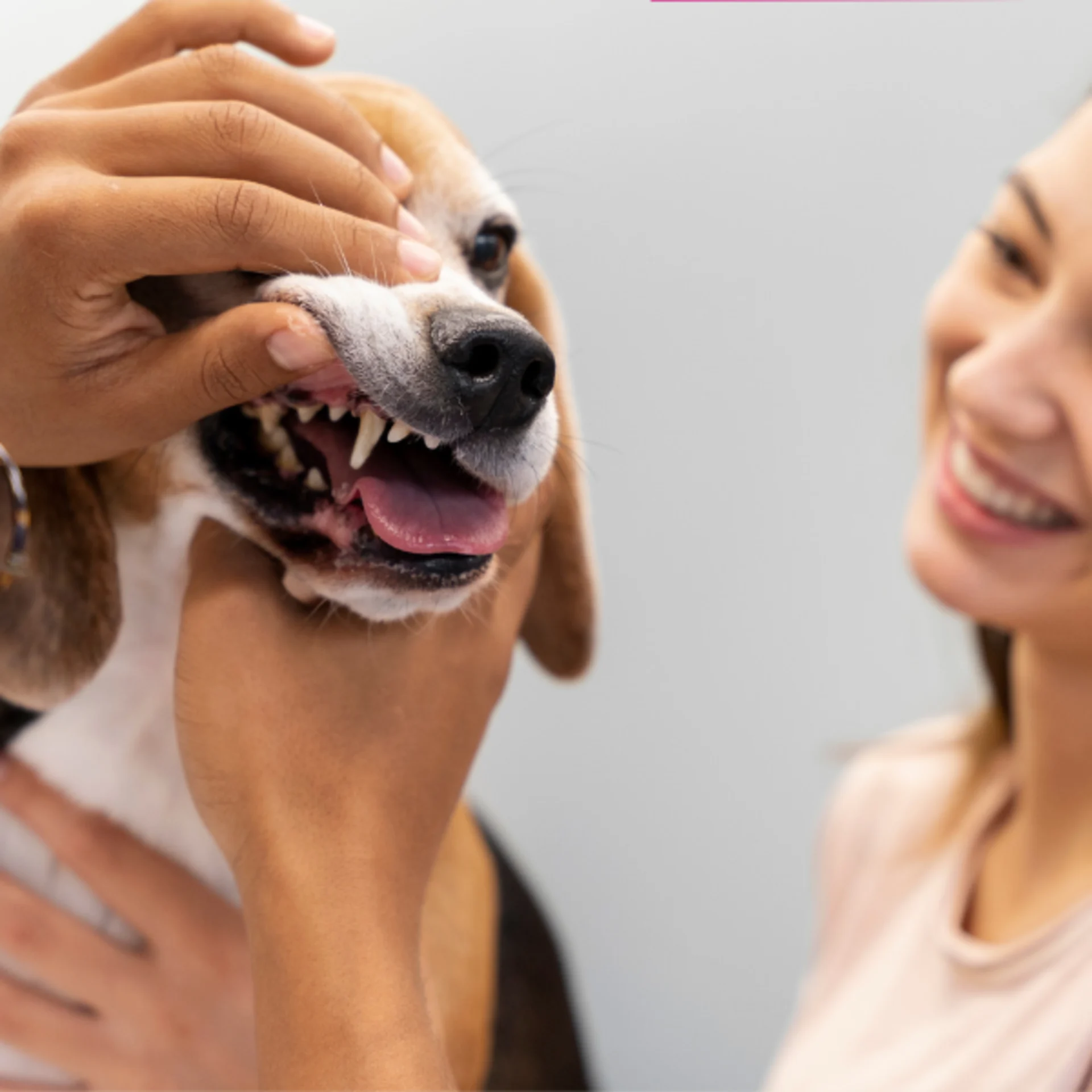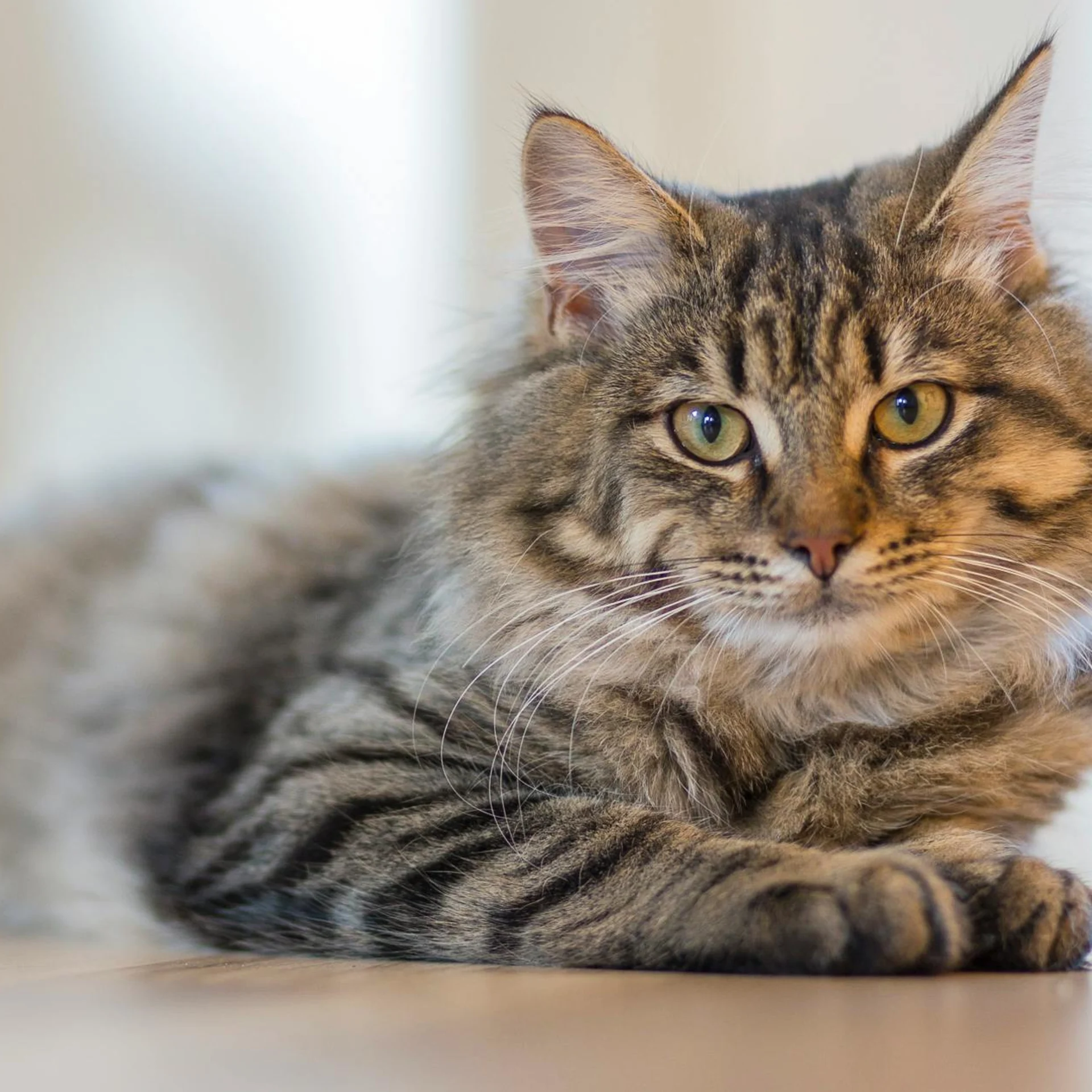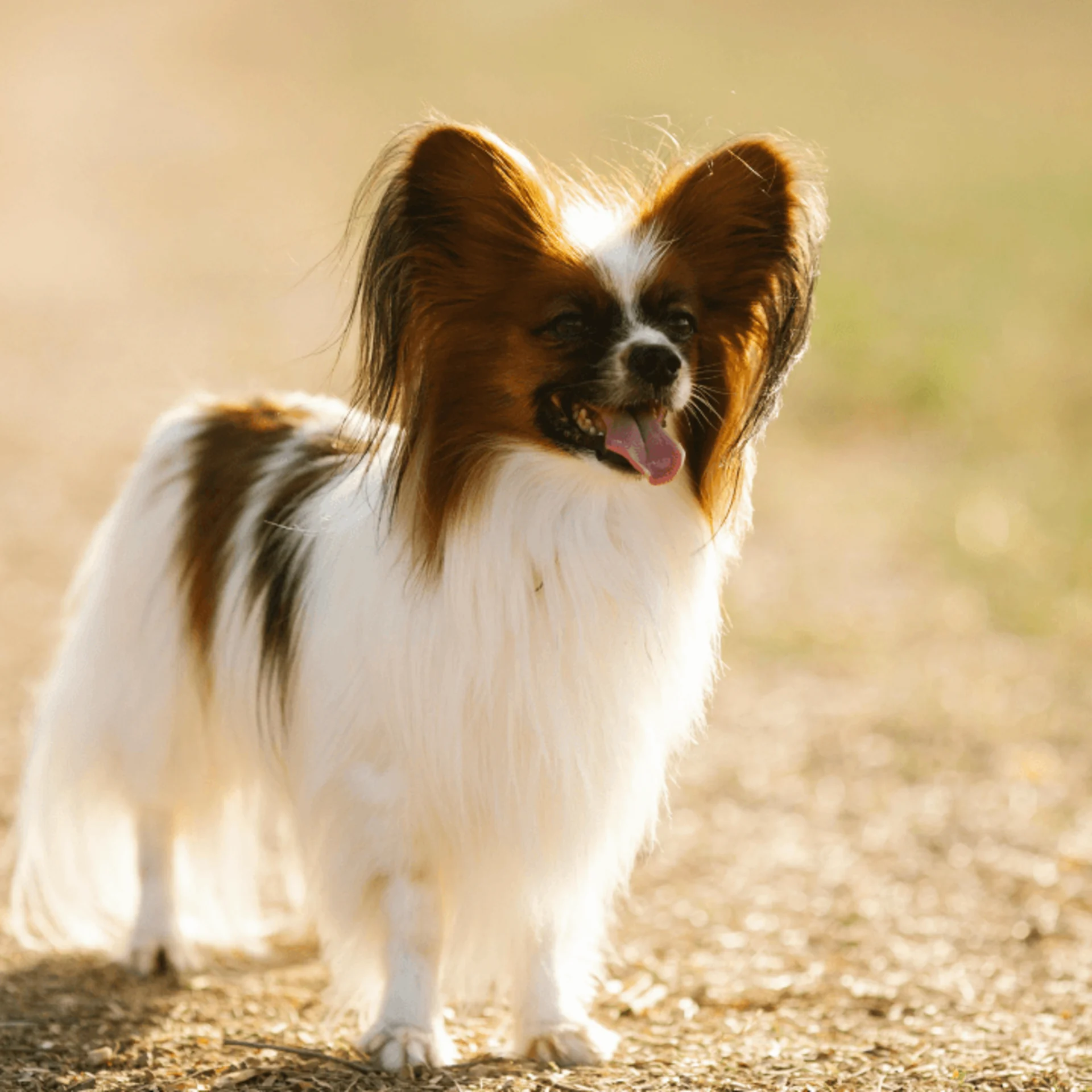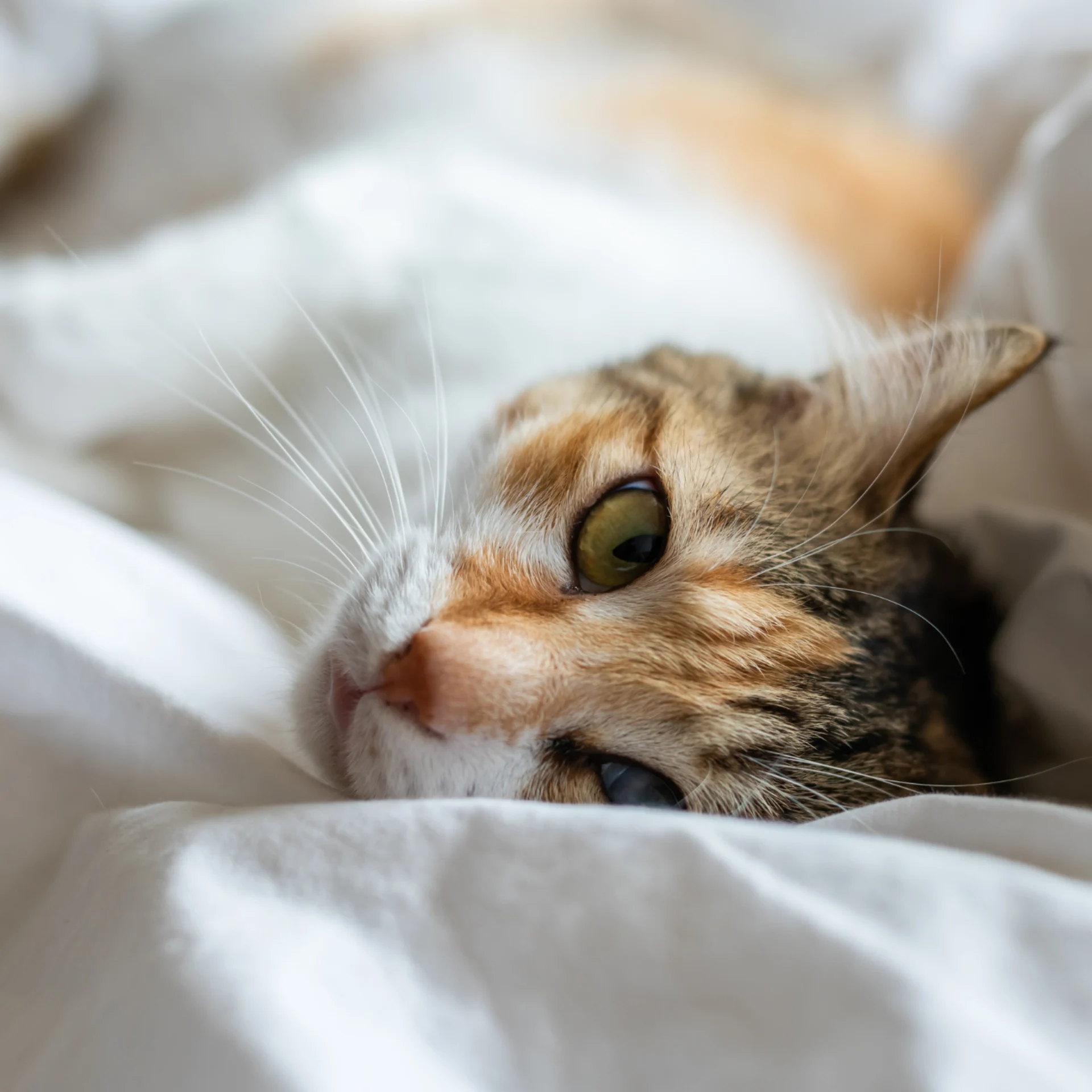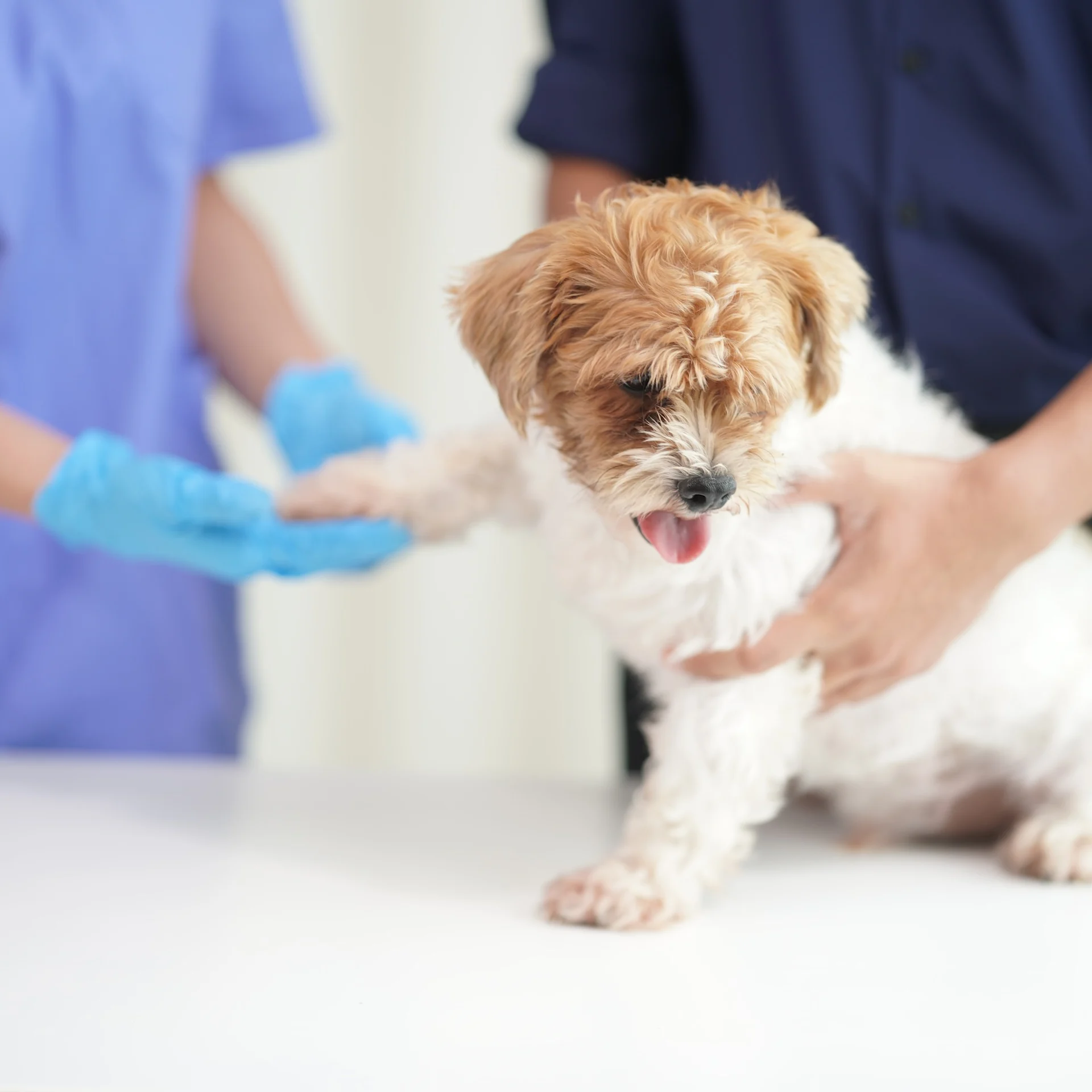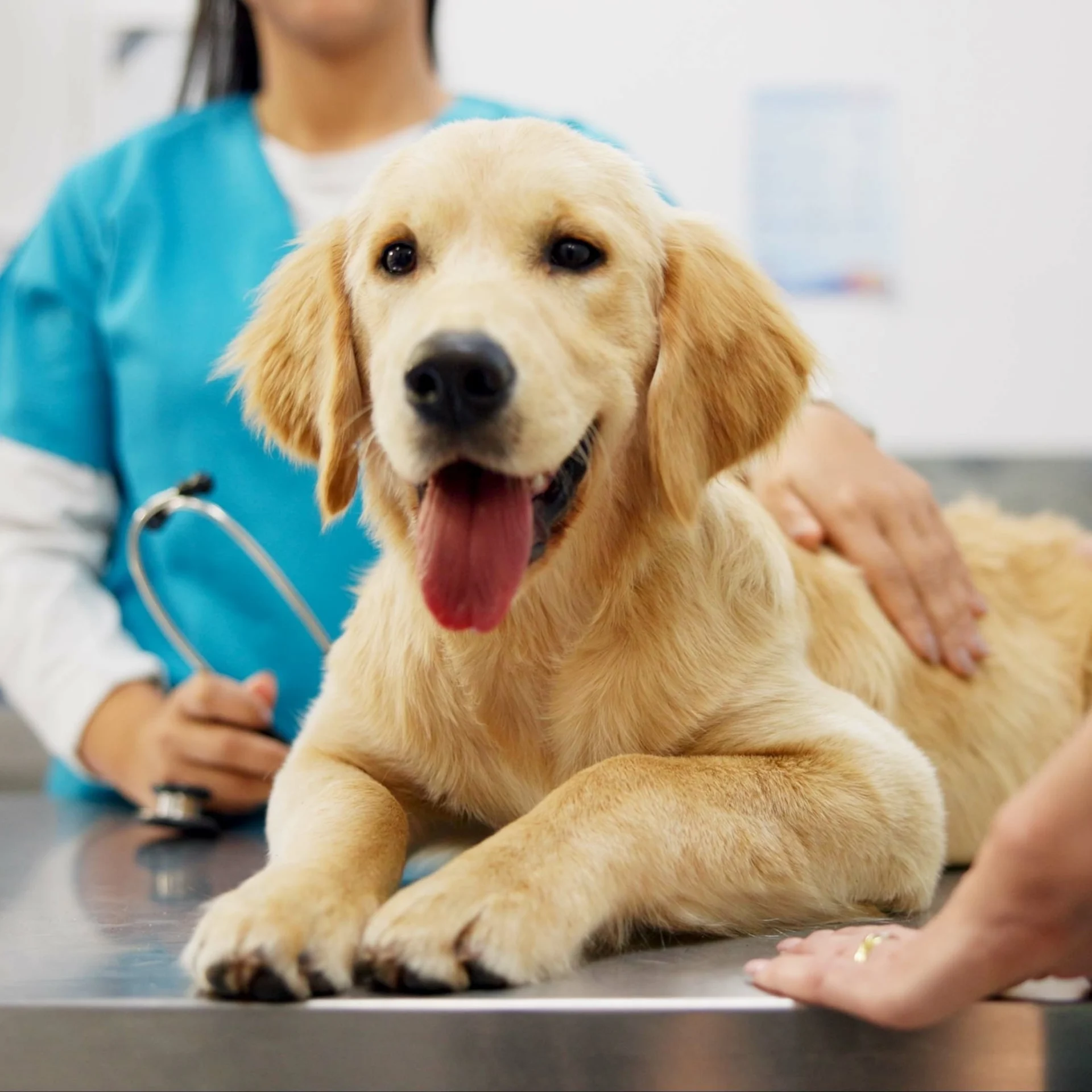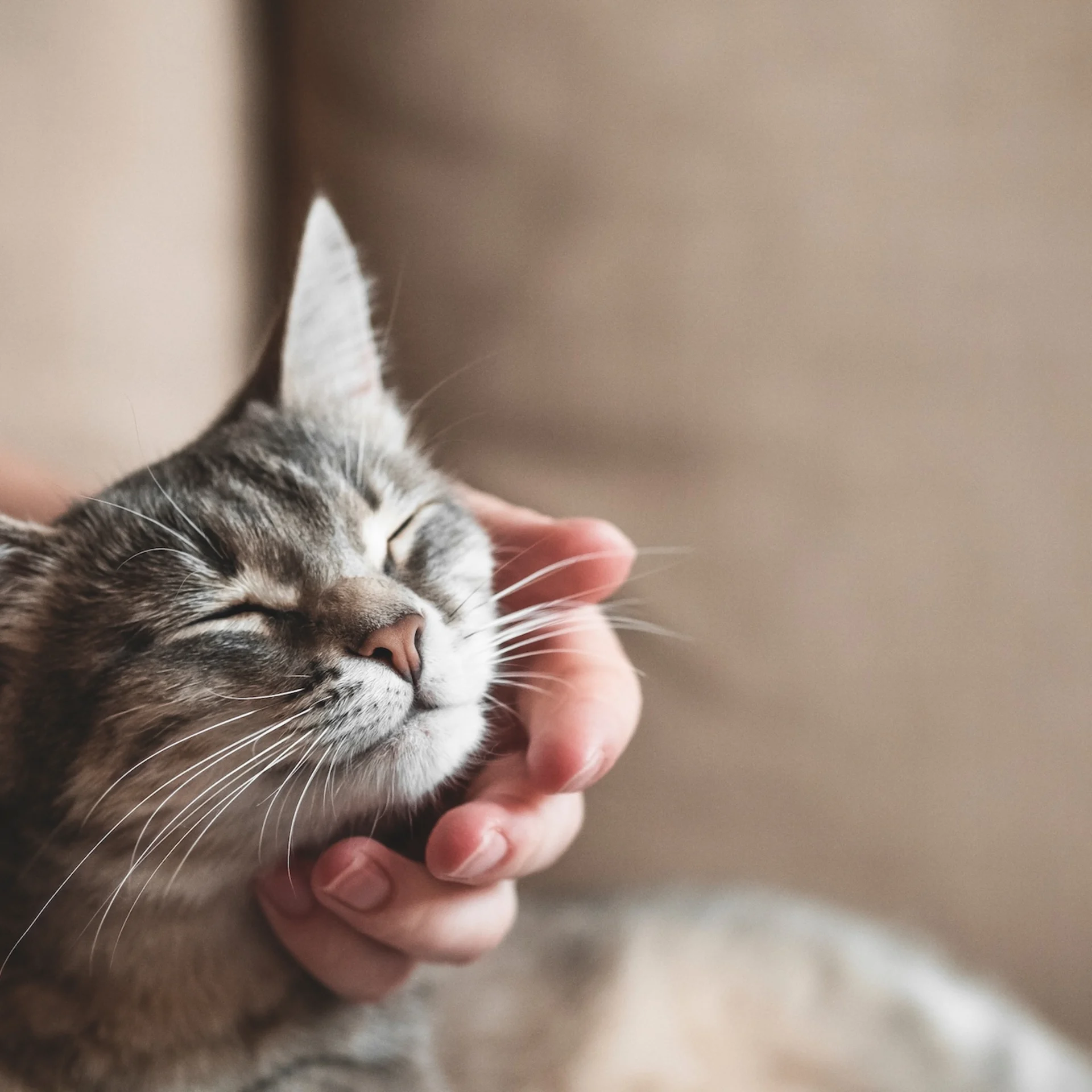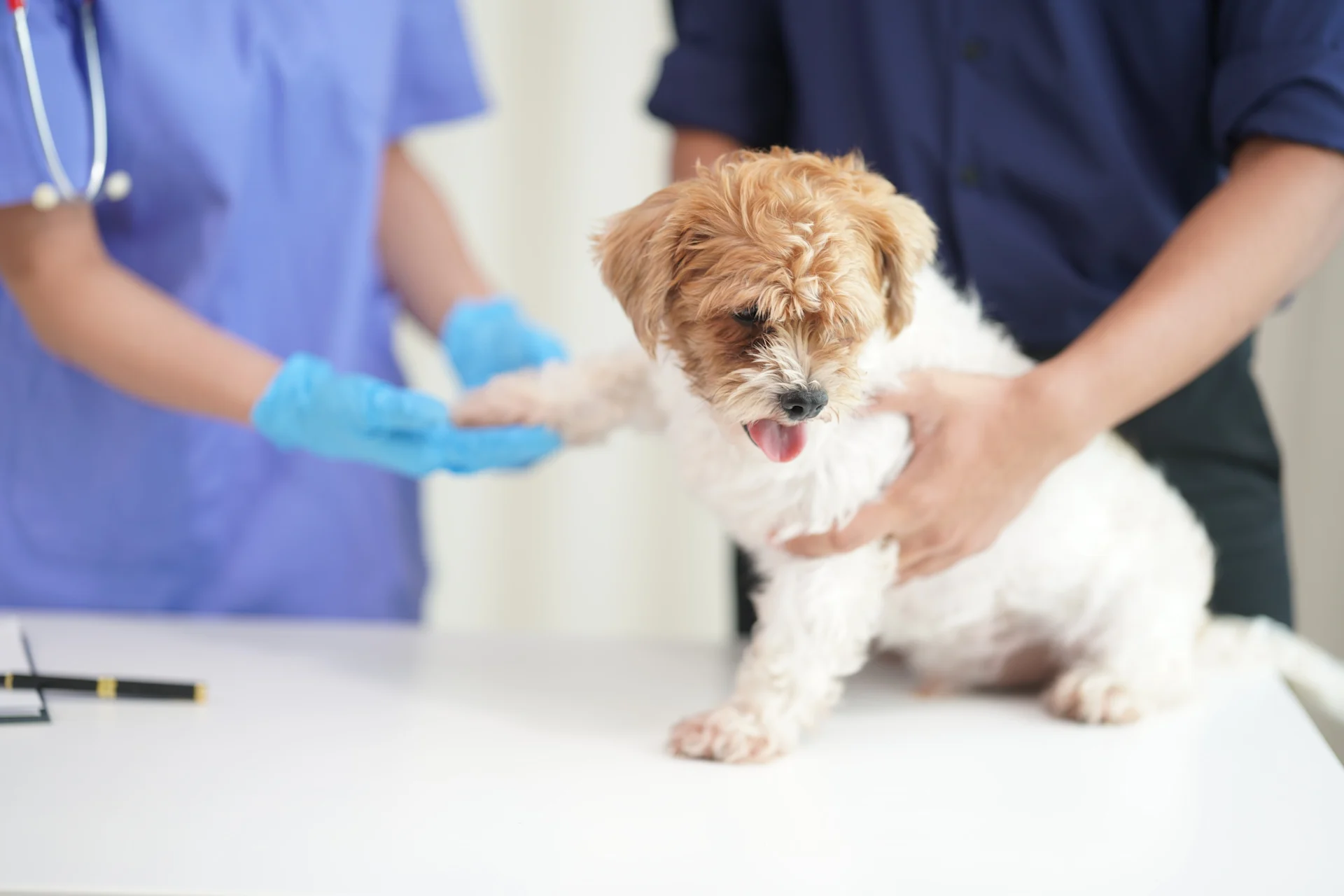
VetTrust sets new standards in veterinary medicine
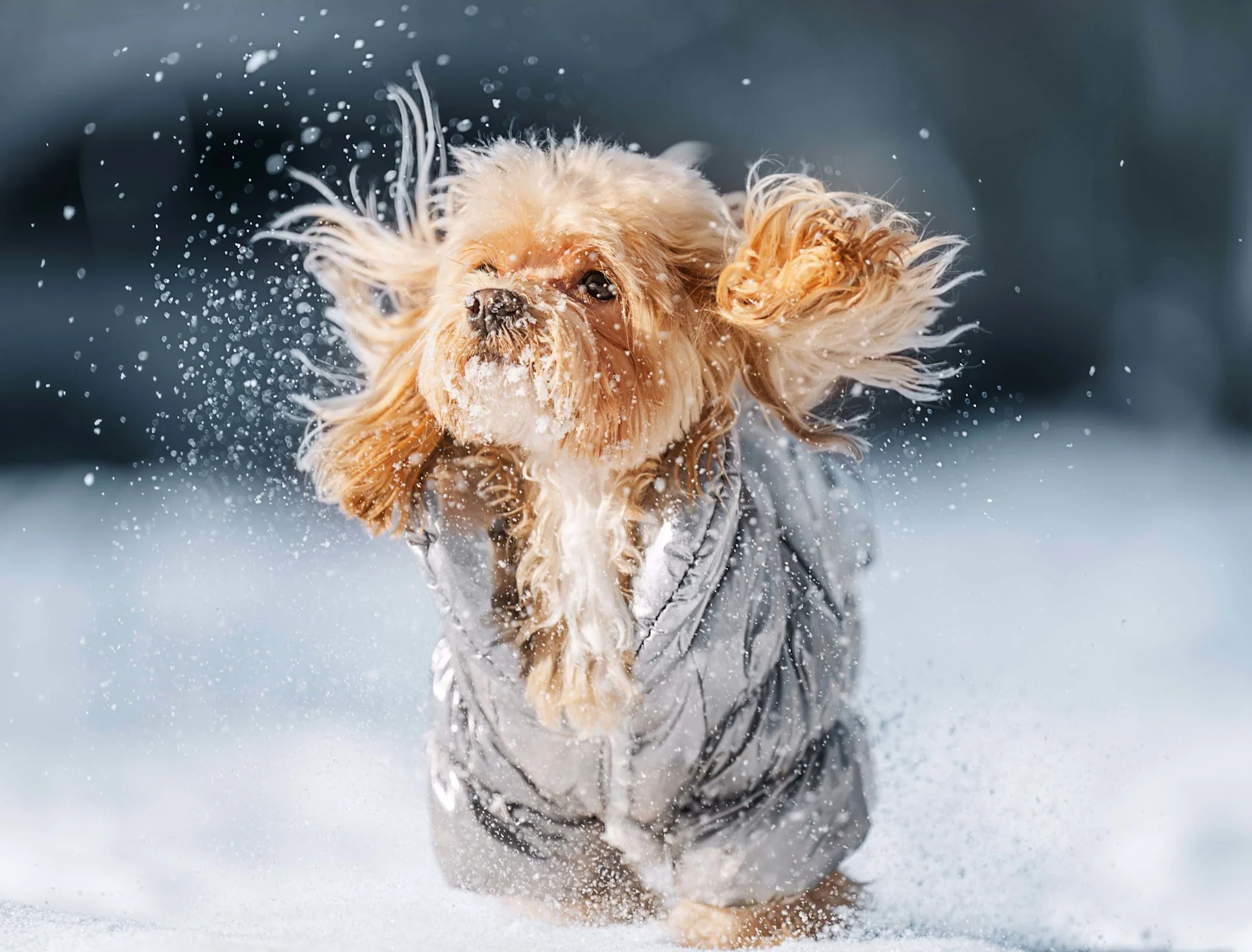
VetTrust Wintercheck: Fit through the winter
From December to the end of February, we’re giving you the VetTrust Wintercheck for dogs and cats in addition to every regular appointment at one of our small animal practices. So your pet can get through the winter in great shape.
News from our vets
Our veterinarians compile useful information about their pet on our blog \"Animal Knowledge\", so you are well informed.

VetTrust Academy
The aim of the VetTrust Academy is to make existing and new knowledge in the field of veterinary medicine available to all veterinarians and veterinary practice staff and to explain it in an understandable way in order to offer our patients in Switzerland the best possible treatment.
Animal news: subscribe to our newsletter
Stay informed at all times. Our veterinarians will let you know regularly what moves the world of pets and what novelties await you at VetTrust.
* Please fill in the fields. With your registration you also accept our privacy policy.
